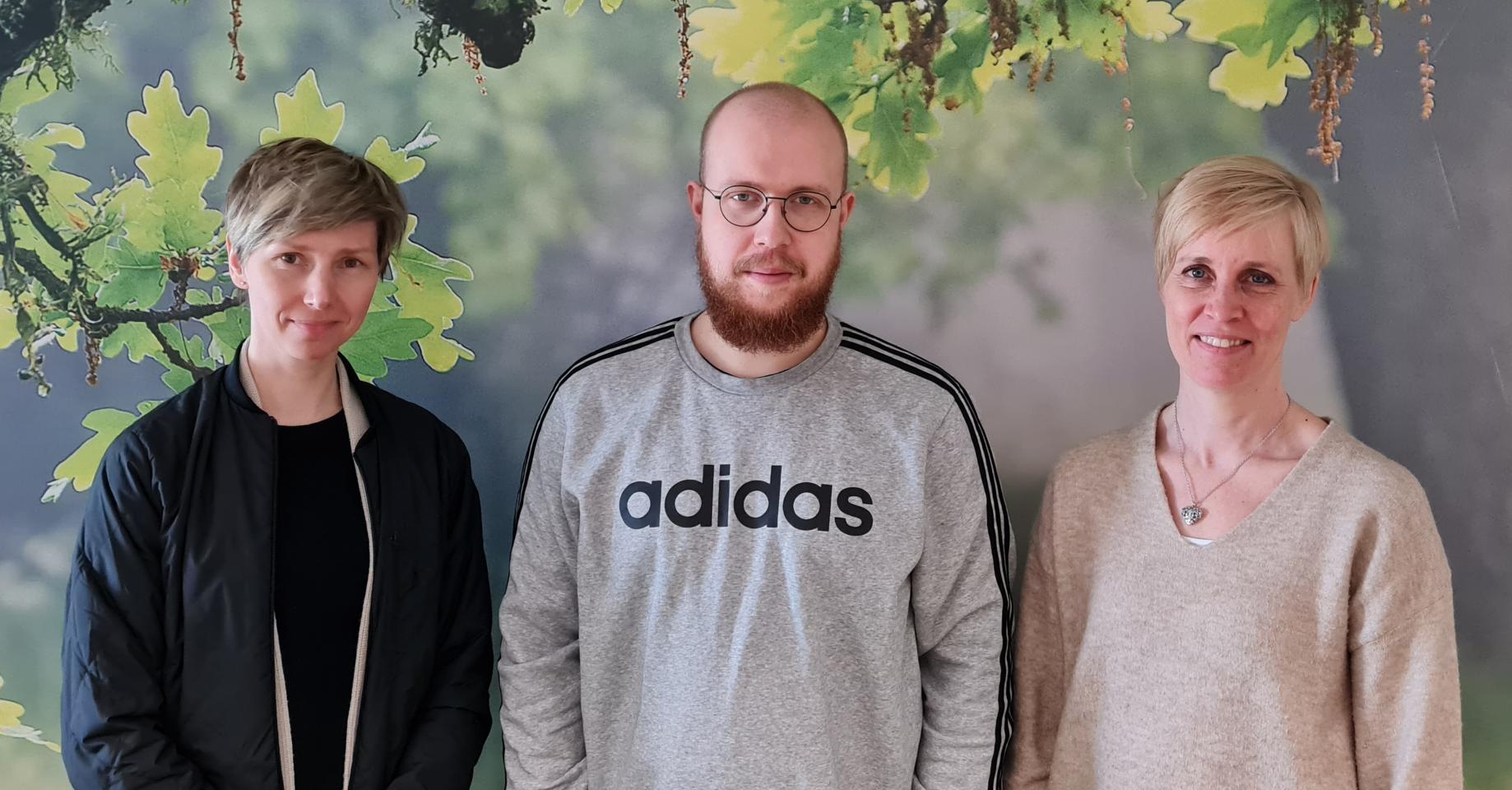Close collaboration around algorithms in the AI Head Analysis project
Physicians Heikki Peura and Jenni Wennervirta are Data Analysts in the IT Management of Helsinki University Hospital, working in close collaboration on the AI Head Analysis project under the CleverHealth Network. This globally ground-breaking project develops algorithms for head area imaging, which are anticipated to offer new tools for physicians for the diagnostics of different types of cerebral hemorrhage.

In 2018, about 180,000 computed tomography scans (CT) were taken in Finland and the numbers are on the increase. CT scans can currently be performed even in smaller hospitals, but their immediate evaluation is not always possible. For example, in the emergency room, it is not always possible to get the radiologist to examine the CT scans as quickly as needed. At worst, the treatment may be delayed by hours if the cerebral hemorrhage is not immediately detected. The AI Head Analysis project aims to harness Artificial Intelligence to create a tool that supports physicians in their decision-making.
Sharing the passion for combining clinical work with AI research
Heikki Peura is working at HUS IT Management as Data Analyst, and currently works on his Ph.D. for the neurosurgery. In his AI Head Analysis research, he delves into head imaging algorithms together with his colleagues and partner companies CGI and Planmeca. A talented self-learned programmer, Heikki is in charge of the development of HUS algorithms whilst CGI and Planmeca develop their own algorithms to help detect different brain hemorrhages in head CT scans. What makes this project unique is that the total of 15 algorithms developed by these three partners will eventually be combined into one algorithm package which will help to detect a number of different cerebral hemorrhage types.
Heikki is driven by his work at the emergency room where he sees in practice the increasing needs for new tools to smoothen the daily work. He says: “Artificial intelligence is now making its way to hospitals and this is what drives me forward. The indicators gained from clinical work can now be applied in the use of AI in many situations.” Heikki hopes that in the future, AI solutions in hospitals will become as common as blood pressure devices, for instance. At the same time, more time will be released for the patients.
Jenni Wennervirta knows Heikki from the medical school and they work as a team in the AI Head Analysis project. Jenni shares Heikki’s passion to combine physician’s work to software technologies. They are both looking for ways to support clinical patient care in their research. A Data Analyst at HUS IT Management, Jenni has been working for about a year on her Ph.D. related to AI at the department of neurosurgery. Before continuing her medical studies, Jenni worked for about 15 years in international software houses, so both Heikki and Jenni possess the multidisciplinary know-how to support the project objectives.
- Jenni says: ”As I make my rounds in hospitals, I sometimes notice many instances where AI applications could be useful. I am so motivated and thankful that we can do something so unique among the first in the world and have a chance to try out our hypotheses.” Jenni gives a big hand to Heikki: ”It is truly remarkable that the algorithm developed by Heikki and the company partners can be used to reliably detect a cerebral hemorrhage in a head CT scan — the hemorrhage can be so small that it is impossible to see with a naked eye.”
Acting as interpreters between experts from different fields
Taru Hermens is acting as the Project Manager for the AI Head Analysis project. Before joining HUS IT Management, she worked as a nurse at the emergency room, which makes her a multi-skilled expert who combines clinical experience to IT. Taru’s wide contact network and ability to make the daily work run smoothly and keep the communication flowing between different stakeholders is an essential part to keep the project in motion.
Taru considers Heikki’s and Jenni’s strong AI-understanding as an important asset to the project. It brings about good results to collaborative development work and is a way to guide the partner companies towards the right direction.
- Taru points out: ”Different stakeholders do not always speak the same language, so Heikki and Jenni are kind of interpreters in the discussions between HUS experts and partner companies. When the common ground and understanding is established, the project runs smoothly.”
Physician’s toolbox: enter algorithm
The goal of the AI Head Analysis project is to bring the algorithm package developed in the project to the clinical environment and introduce it as a part of physicians set of tools. The clinical testing environment is currently being built so the tests can be launched in authentic environment in the background of daily patient care.
While the project looks for hospitals for piloting, there will be a chance to spread a wider understanding on the benefits and opportunities of AI solutions for imaging. The solutions are meant to support the physician’s decision-making process in the detection of cerebral hemorrhages. Jenni reminds that similar algorithms can also be harnessed to detect brain tumours, for instance. Such solutions are in great demand both in Finland and abroad — in the future, considerable international markets await the commercial solutions.
More information
Project Manager Taru Hermens, taru.hermens[at]hus.fi
- 15.08.2024 12:50
Medtronic joins CleverHealth Network ecosystem - 19.06.2024 13:49
CleverHealth Network collaboration between HUS and Fujitsu moves dialysis from hospitals to homes - 06.05.2024 14:27
eMOM project has been completed with promising findings in helping mothers to manage their gestational diabetes - 06.05.2024 13:56
The PHEMS EU project promotes the use of pediatric healthcare data between hospitals - 31.01.2024 11:44
ONCOVALUE project to automate data collection and analytics in assessing real-life effectiveness of cancer care - 26.01.2024 13:33
Impressive results, new ideas and interaction at the CleverHealth Network annual seminar - 02.11.2023 12:35
New remote care solution improves patients' quality of life and brings significant savings to society - 22.09.2023 10:26
A graduate thesis within CleverHealth Network studied the cost-effectiveness of clinical support system for diagnosing vasculitis - 22.08.2023 15:06
Acute leukemia project shows great results in optimizing oncology diagnostic and treatment automation - 22.05.2023 09:24
AstraZeneca joins the CleverHealth Network ecosystem - 03.05.2023 14:47
Tackling pandemics event brings latest results from virus diagnostics to creating health safe spaces - 27.04.2023 09:25
Hewlett Packard Enterprise joins CleverHealth Network - 30.01.2023 10:54
CleverHealth Network ecosystem of digital health innovations yields significant results - 07.12.2022 12:23
Significant EU funding for implementing value-based cancer care at European cancer hospitals - 07.10.2022 09:20
Finnish opera singers contribute to E3 project in detecting differences between people as emitters of aerosols - 10.06.2022 14:28
CleverHealth Network ecosystem and E3 Excellence in Pandemics Response project showcased at HIMSS22 Europe - 18.05.2022 14:25
HUS Acamedic is a certified and scalable virtual research and analytics environment for secure processing of health data - 14.03.2022 09:00
CleverHealth Network showcased at HIMSS Global Health Conference 2022 in March - 17.02.2022 07:37
Novartis is the new partner in the CleverHealth Network ecosystem - 10.12.2021 13:11
Finland must renew its forerunner position in healthcare interoperability - 25.11.2021 14:09
The pandemic boosted the multidisciplinary E3 project on indoor health safety - 11.11.2021 09:51
Telia joins the CleverHealth Network ecosystem - 28.10.2021 10:29
Siemens Healthineers joins the CleverHealth Network collaboration - 04.10.2021 10:43
Fujitsu Finland co-develops a digital service to support treatment of gestational diabetes - 27.05.2021 16:27
Health technology research seeks for tools to support the daily life of dialysis patients and their care personnel - 04.05.2021 17:54
Close collaboration around algorithms in the AI Head Analysis project - 27.04.2021 16:07
Planmeca brings their expertise to CleverHealth Network's AI Head Analysis project focusing on early detection of cerebral hemorrhages - 06.04.2021 10:00
Roche the newest partner of CleverHealth Network - 26.03.2021 16:14
Mobile application to treat gestational diabetes - 01.02.2021 10:30
New preventive care for cardiac disease patients - 21.12.2020 15:00
News on novel initiatives and progress of ecosystem projects were shared at the CleverHealth Network event - 01.12.2020 15:01
Kimmo Porkka's project team harnesses the latest technologies to implement personalised therapies - 05.11.2020 15:30
Smart applications for home dialysis help the daily life of dialysis patients and medical staff - 15.06.2020 15:17
CleverHealth Network ecosystem projects are moving forward - 13.03.2020 13:00
Home dialysis for better quality of life and more efficient treatment - 05.03.2020 15:43
CleverHealth Network projects facilitate diagnostic reliability and improve patient safety - 19.02.2020 15:31
CleverHealth Network wants to start new projects – Pfizer latest partner to join the ecosystem - 27.01.2020 13:00
Fresh media coverage of CleverHealth Network - 24.01.2020 10:49
Networking event in December 2019 was a success - 29.11.2019 13:00
Finnish ecosystem of health innovations continues to grow - 29.08.2019 13:00
CleverHealth Network participated, for the first time, in the HIMSS & Health 2.0 conference organized in Messukeskus, Helsinki 11–13 June 2019. - 10.06.2019 15:00
Digital health innovation ecosystem CleverHealth Network granted Growth Engine status and significant additional funding - 17.04.2019 09:00
Faster and more effective care through artificial intelligence - 28.02.2019 12:45
Aiming for easy and safe remote glucose monitoring for diabetic children - 05.12.2018 15:54
HUS recognised for healthcare IT ecosystem - 01.12.2018 15:00
AI-based diagnostic tool to examine cerebral hemorrhage - 07.03.2018 13:43
AI application for treatment of gestational diabetes - 19.09.2017 17:11
Launching a new ecosystem of digital health innovations

